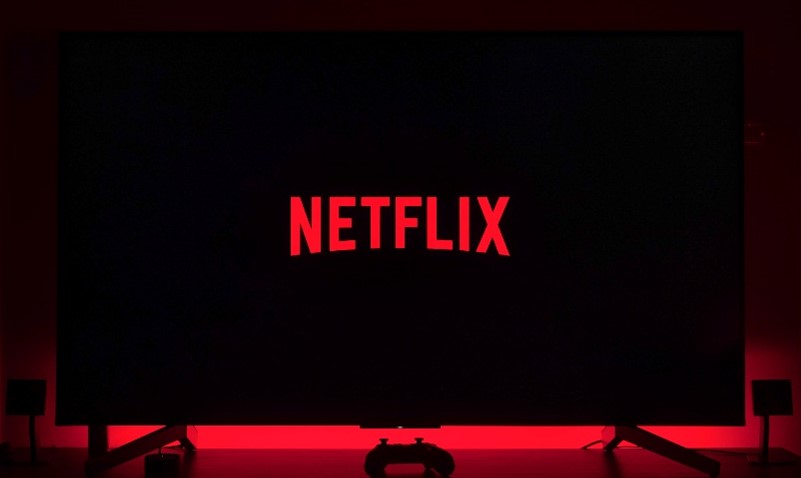“Our revenue growth has slowed considerably as our results and forecast below show,” Netflix writes in their Q1 Letter to Shareholders. Netflix lists FOUR reasons explaining the decreased growth: broadband viewing competition, households sharing passwords, increase in streaming competition, and geopolitical factors (i.e., Russia and COVID-19). Despite the significant losses in subscribers and huge downturn in stock price, they highlight monetizing sharing accounts and international growth in content creation as how they are going to continue to rein as emperor supreme in the world of streaming.
A loss of 200,000 subscribers reported this quarter is nothing to be happy about, albeit they did wind down all subscribers in Russia in recent months due to the Ukraine conflict. Blood is in the water as the competition scrambles to get a footing on the mountain of streaming. Will Netflix be able to remain THE giant in the streaming world, or will history repeat itself and Netflix will become the one thing they swore to destroy, “a Blockbuster”? Is Netflix doomed?
Competition is fierce. Besides established streaming services like Amazon Prime and Hulu, newer streaming services like NBC’s Peacock, CBS’s Paramount, and Disney Plus are working to become staple household names. I haven’t heard anyone say they wanted to Peacock and chill yet, but they did scoop up a Netflix favorite, The Office, which commands a tremendous audience and has allowed Peacock to grow significantly. Peacock, itself, added 4 million new paid subscribers in the first quarter.
Streaming services aren’t just a place for streaming your favorite shows from your favorite networks anymore. Netflix and other streaming companies are developing their own original content. Netflix added huge hits that were original content this year, including The Adam Project, Bridgerton, and international hit, Squid Games.
Long running rewatchable shows with cult like followings, like The Office, New Girl, Seinfeld, and Friends, may be able to insure holding onto a set of customers after they finish watching a new show, but people have only so much time and money. Eventually, people start choosing what they can afford or what they have time to watch. Netflix also churns out popular reality dating shows, blockbuster movies, and hit original tv shows. The formula has proven profitable. Netflix has not lost subscribers since 2011. Technology is rapidly changing, and how people watch entertainment continuously shifts as we saw in the early 2000s and again, now with mobile devices. I remember when DVD collections were a thing. DVD players are arguably as obsolete as VCR now. As their subscriber growth halts, we naturally ask if Netflix’s current model is sustainable in this climate.
Peacock has a different outlook on streaming. Peacock offers a free-to-watch option, ad-supported premium option, and an ad-free premium option with tiered pricing. Peacock Chairman Matt Strauss has said, “Free, ad-supported content plays to our strength, and that has been where we focused.” The free content drives people to continue watching broadband television, where NBC has most of their programming.
Hulu offers an ad-supported cheaper option for their service. Netflix reports they will begin rolling out cheaper options that are ad-supported despite having said in the past they don’t want to have ads on their platform.
This isn’t a world of permanent decisions. If you aren’t willing to change and grow with your subscriber, you can get left behind. Netflix should know this better than anyone, having singlehandedly crushed Blockbuster with the mighty blow of streaming. Evolve or become extinct.
Here at MAi we’ve seen signs in the past that Netflix is falling short for some of its subscribers (watch this space for more on that…) — but to some degree the writing may have been on the wall for some time. Netflix and other streaming platforms have had seen huge increases in streaming and subscribers over the past 2 years in large no small part because people were stuck in their homes because of due to COVID-19 lockdowns. Remember when Tiger King was king of the jungle?
But now travel is increasing and people are willing to go out and adventure again, so shows programming may be in surplus just as demand for new streaming entertainment takes a downturn coming into the summer. Perhaps it’s no wonder that Netflix sees increased competition as a key factor—though it does raise the question: What’s the competition doing right that Netflix isn’t?
Is your company staying ahead of the competition or following the crowd? Netflix didn’t become the giant it is by continuing to rent DVDs. They took the path less traveled and became a media behemoth. Reach out to MAi Research to understand how we can help you forecast your category’s future so you can understand how to better serve your customer and improve your bottom line.
MAI Research helps clients solve challenges like this and many more. Within the video streaming services marketplace, our data has shown indications that Netflix was on the verge of decline. See an example of how we’ve used our Text Science approach to analyze different streaming services.
Learn more at www.mairesearch.com










